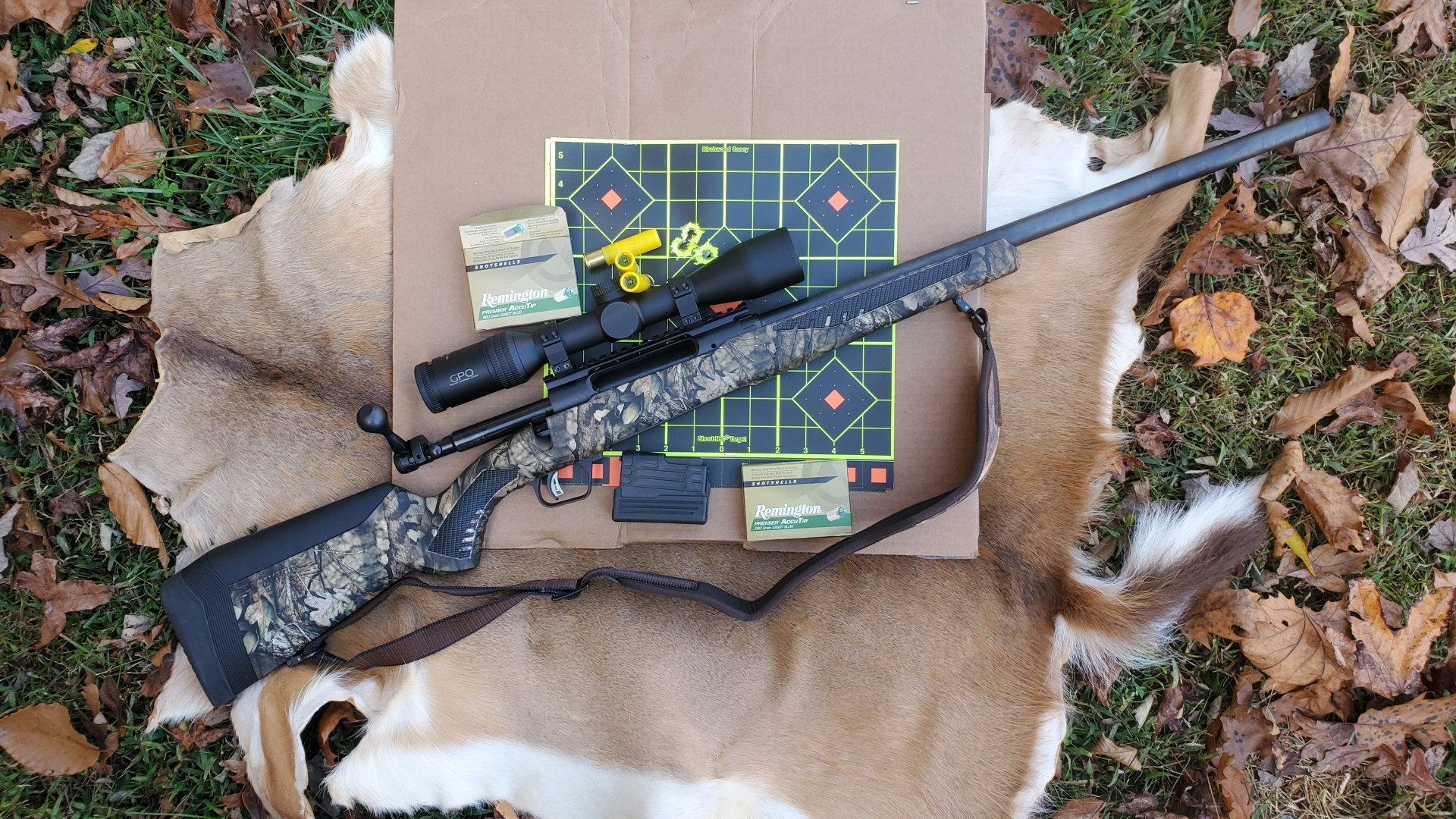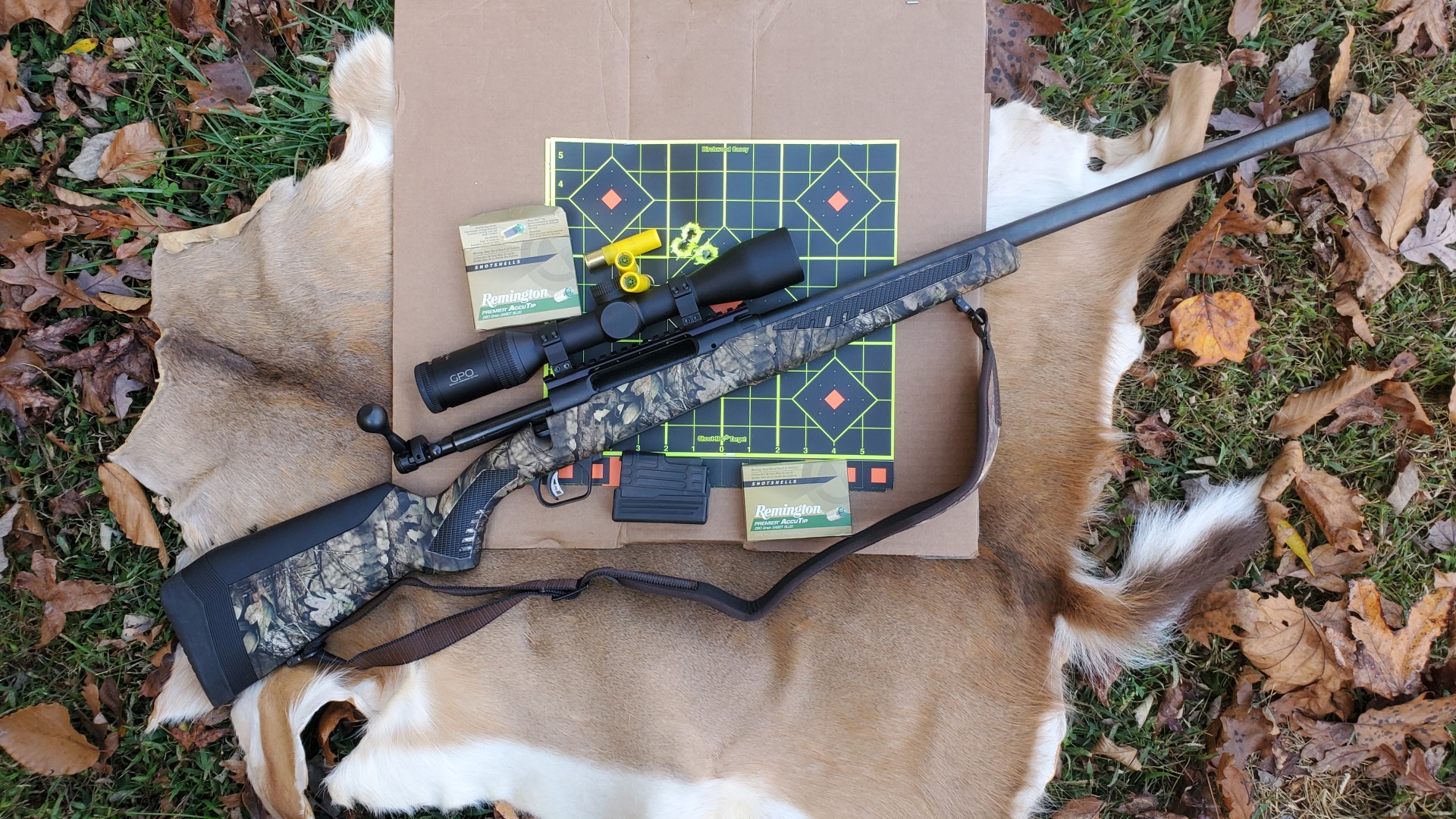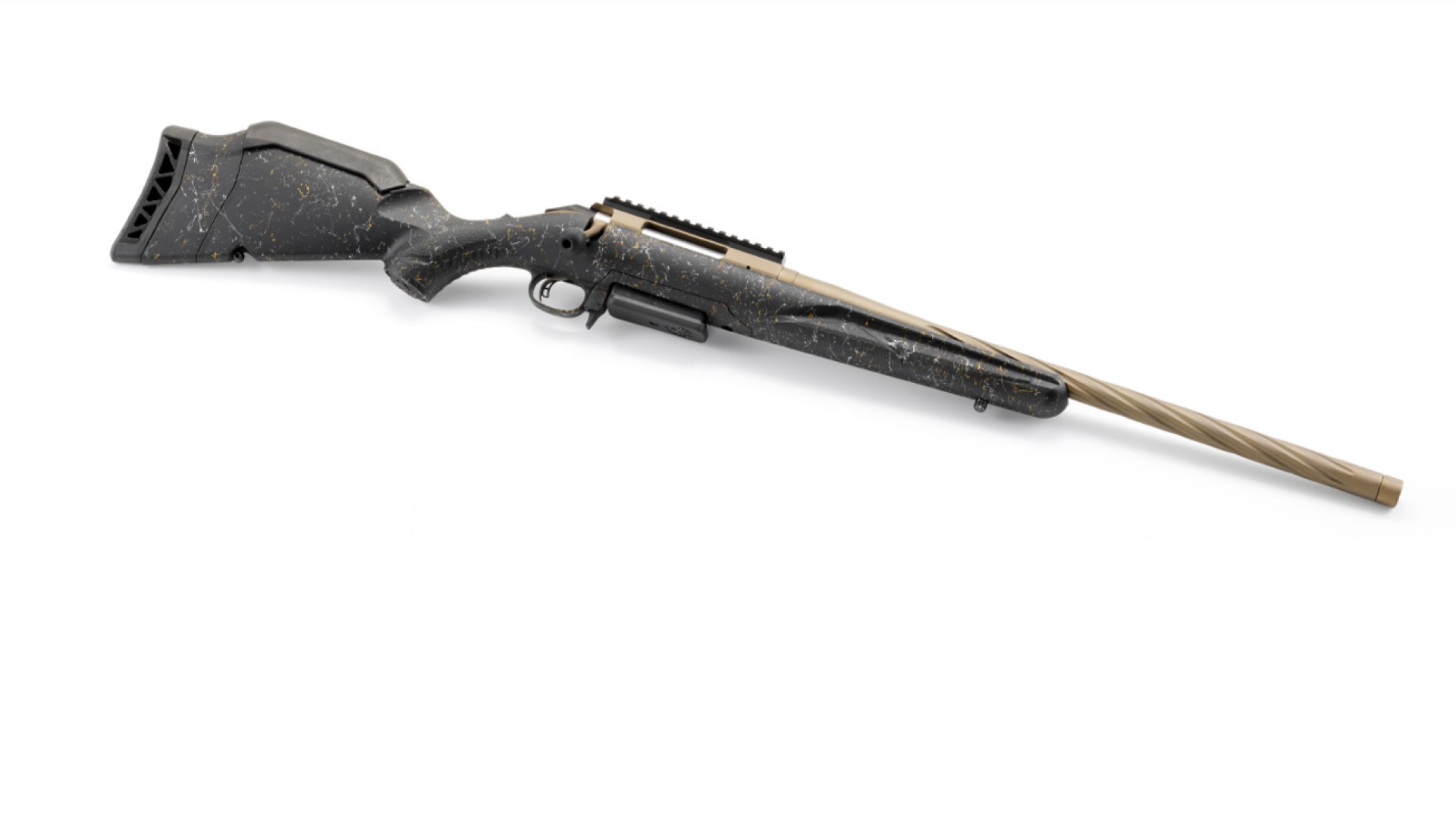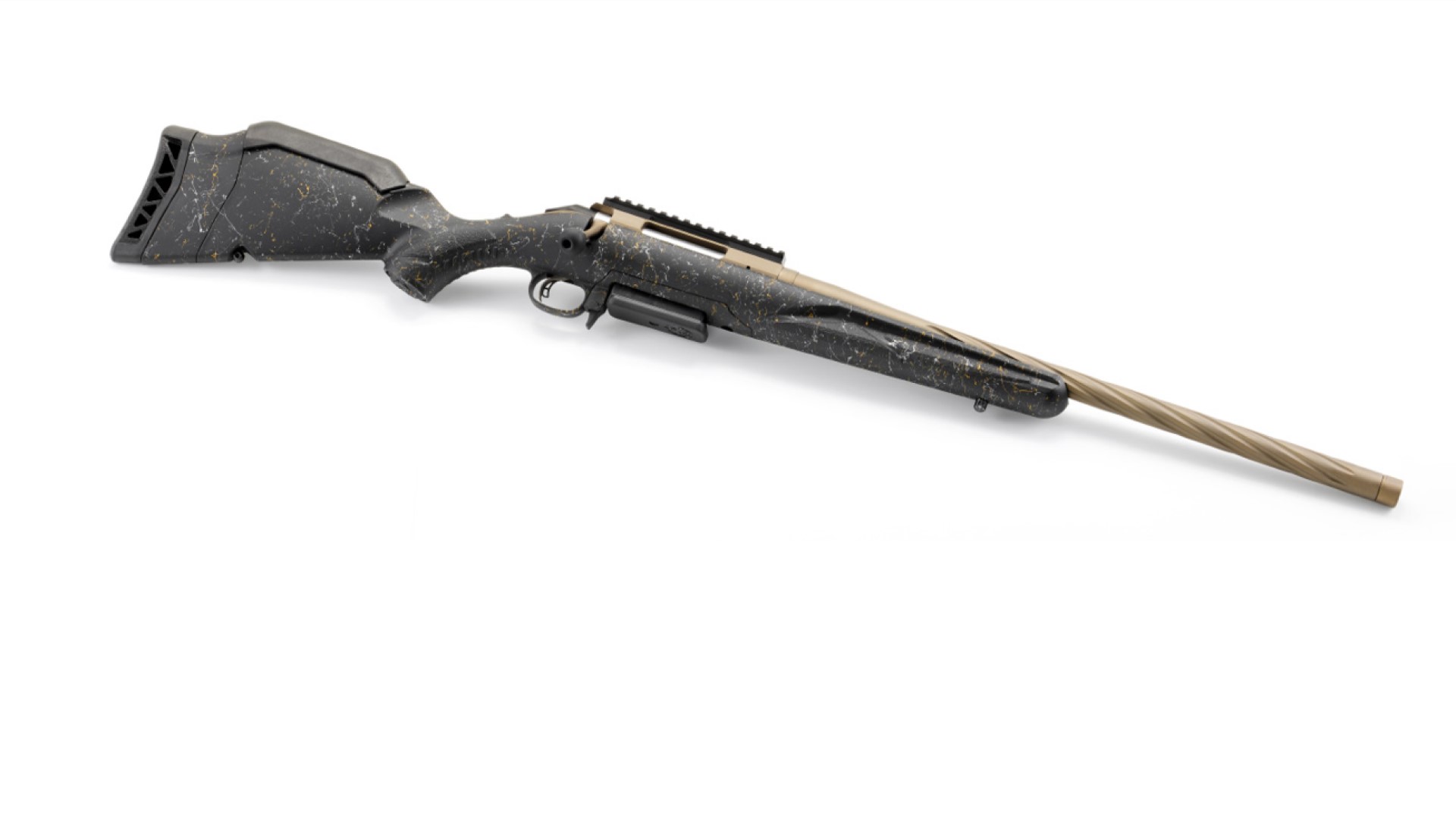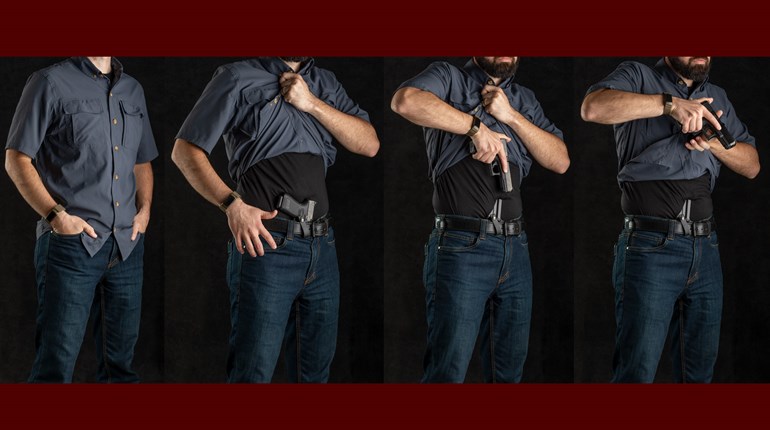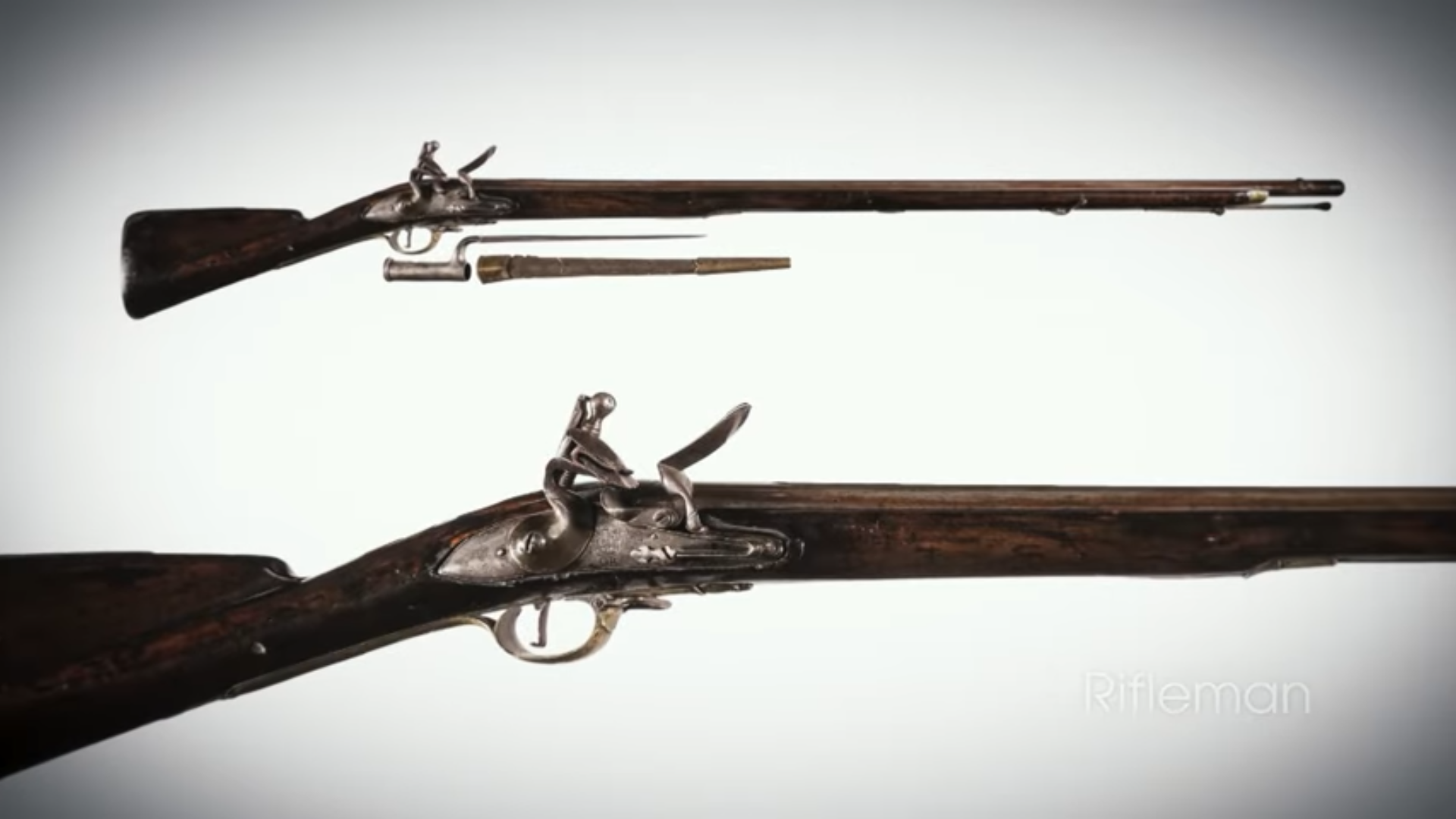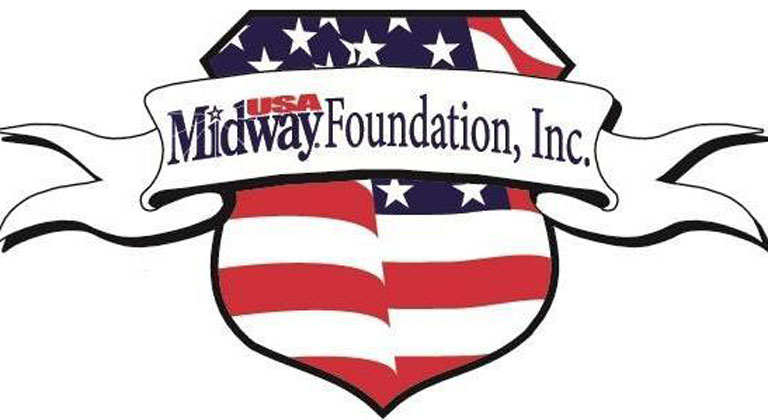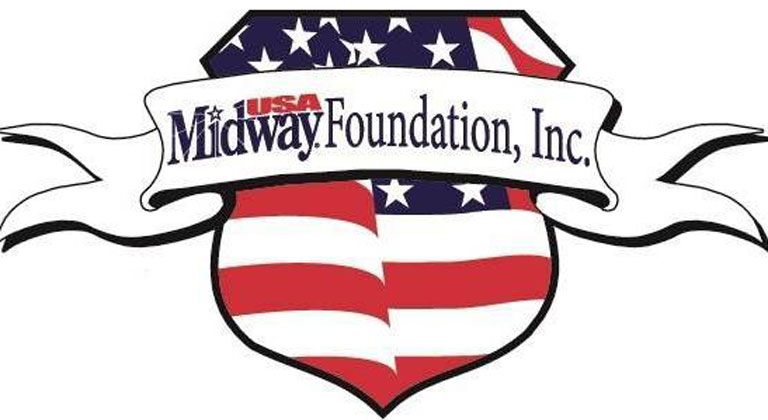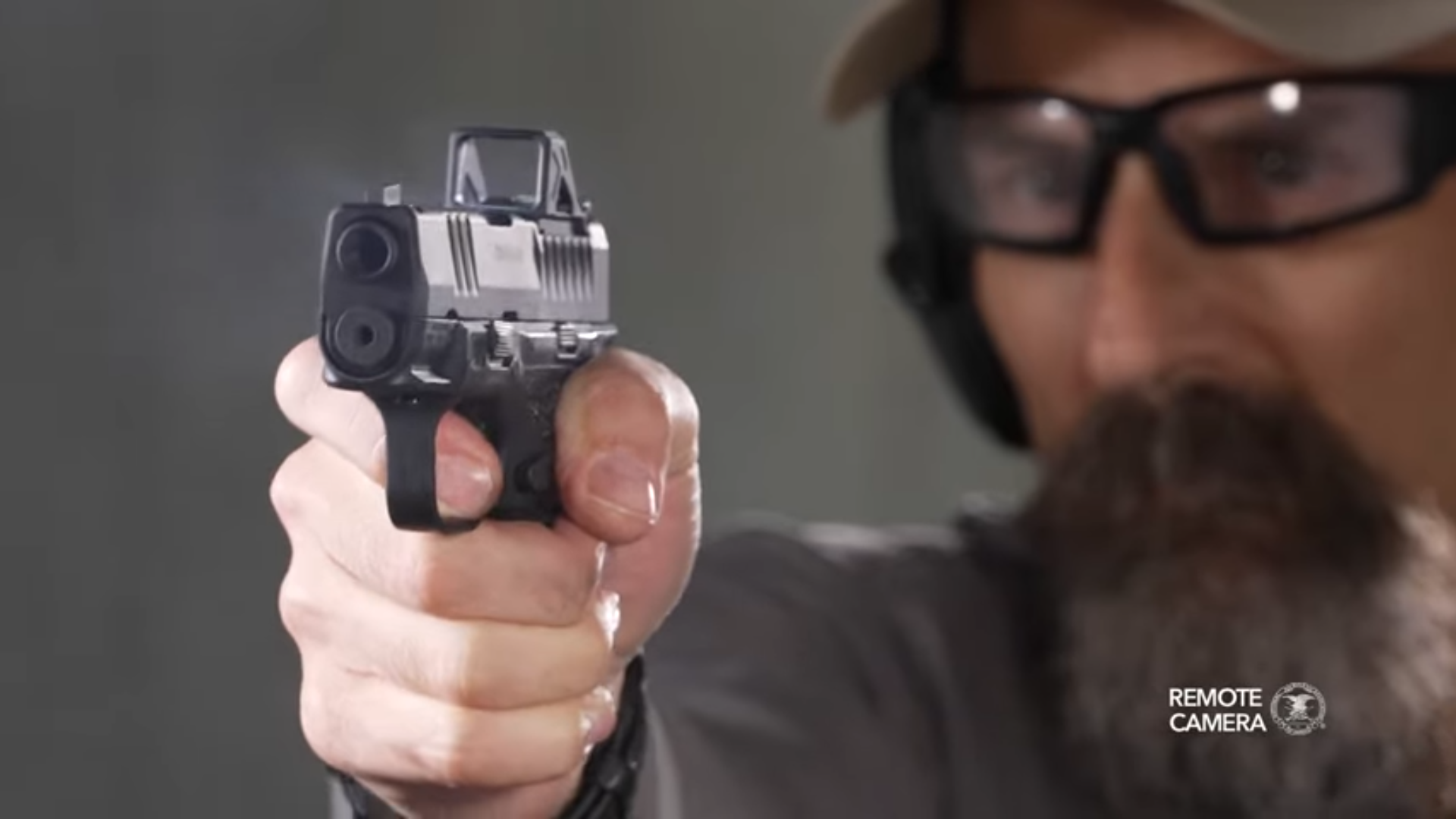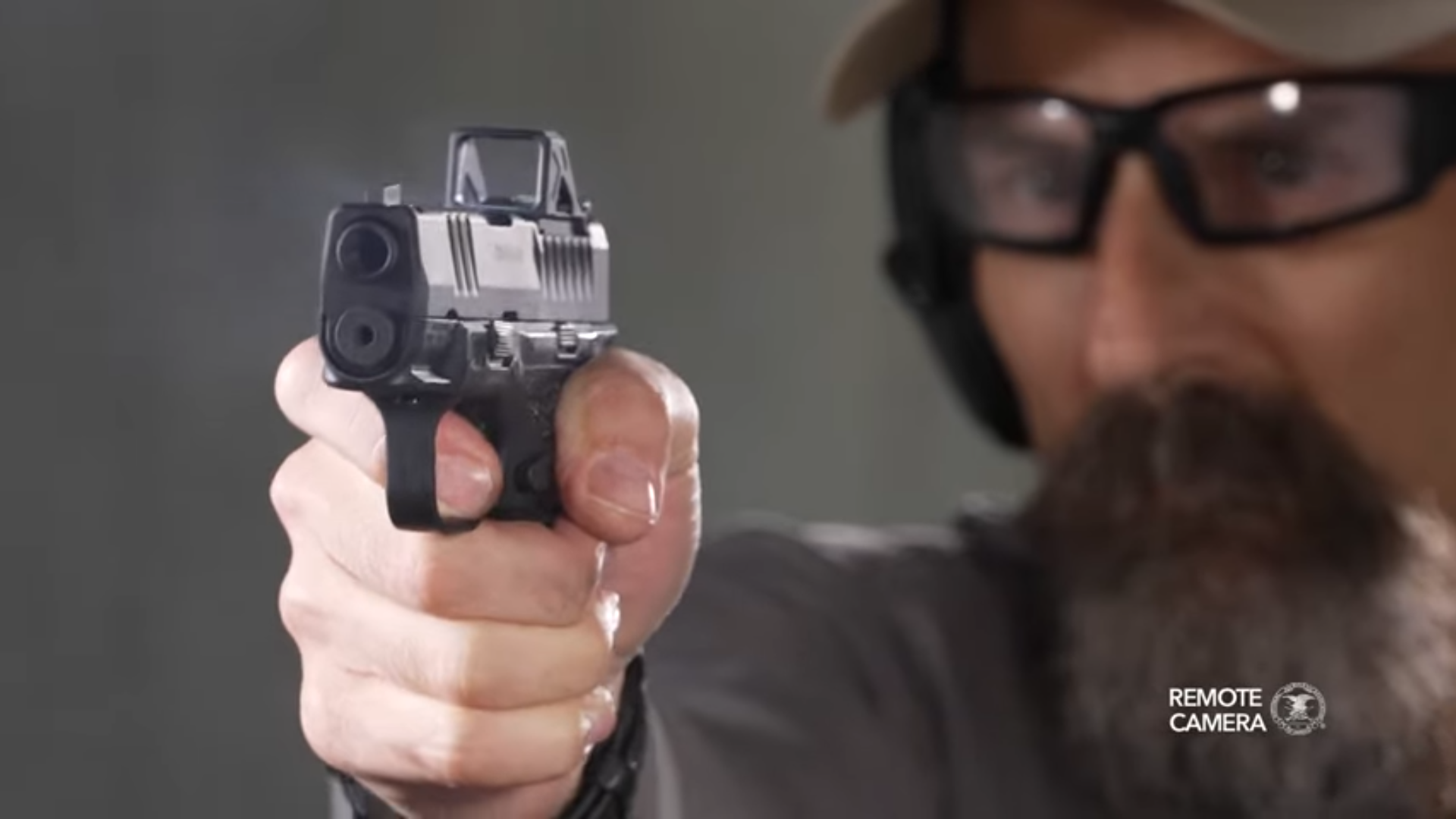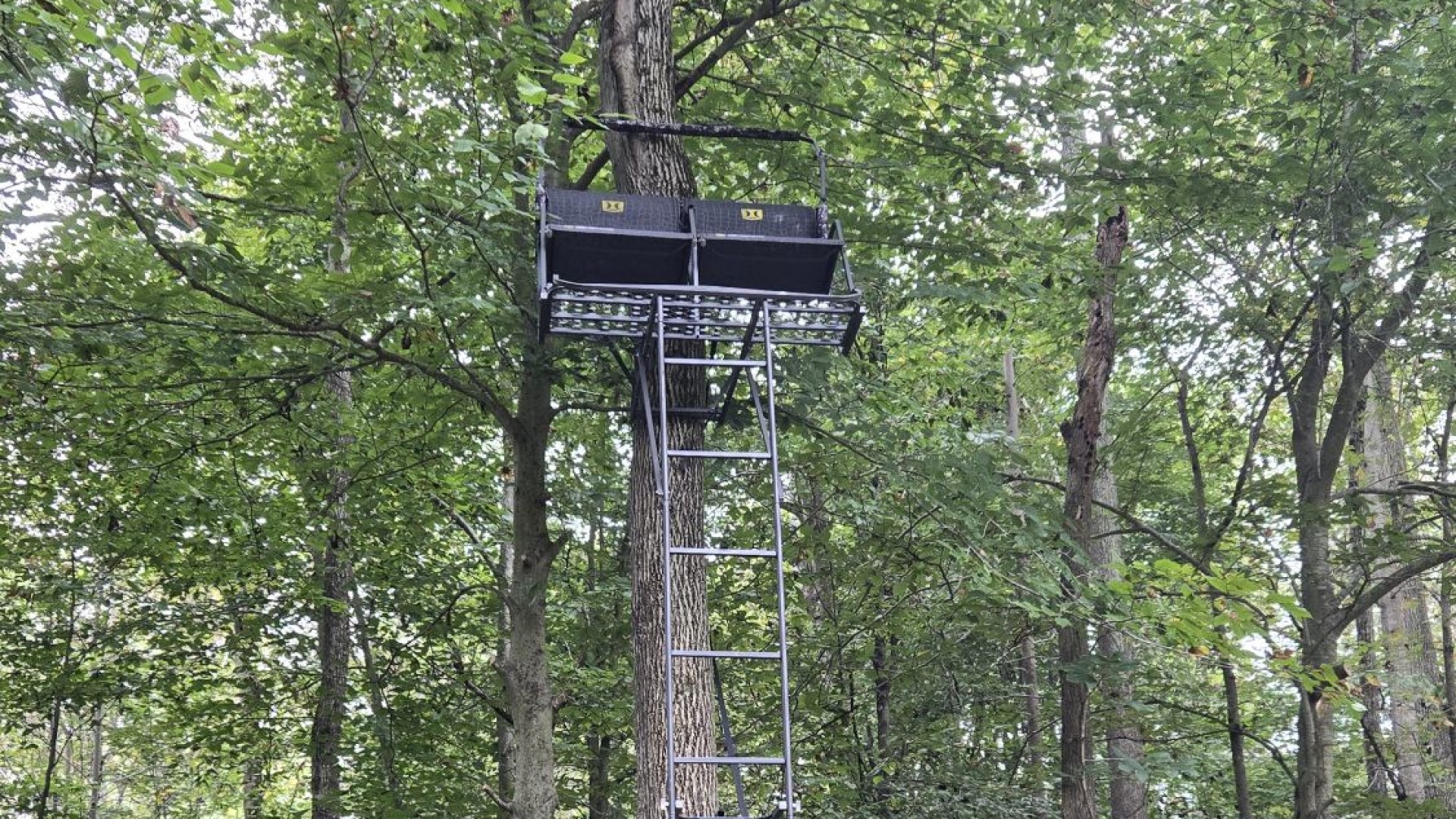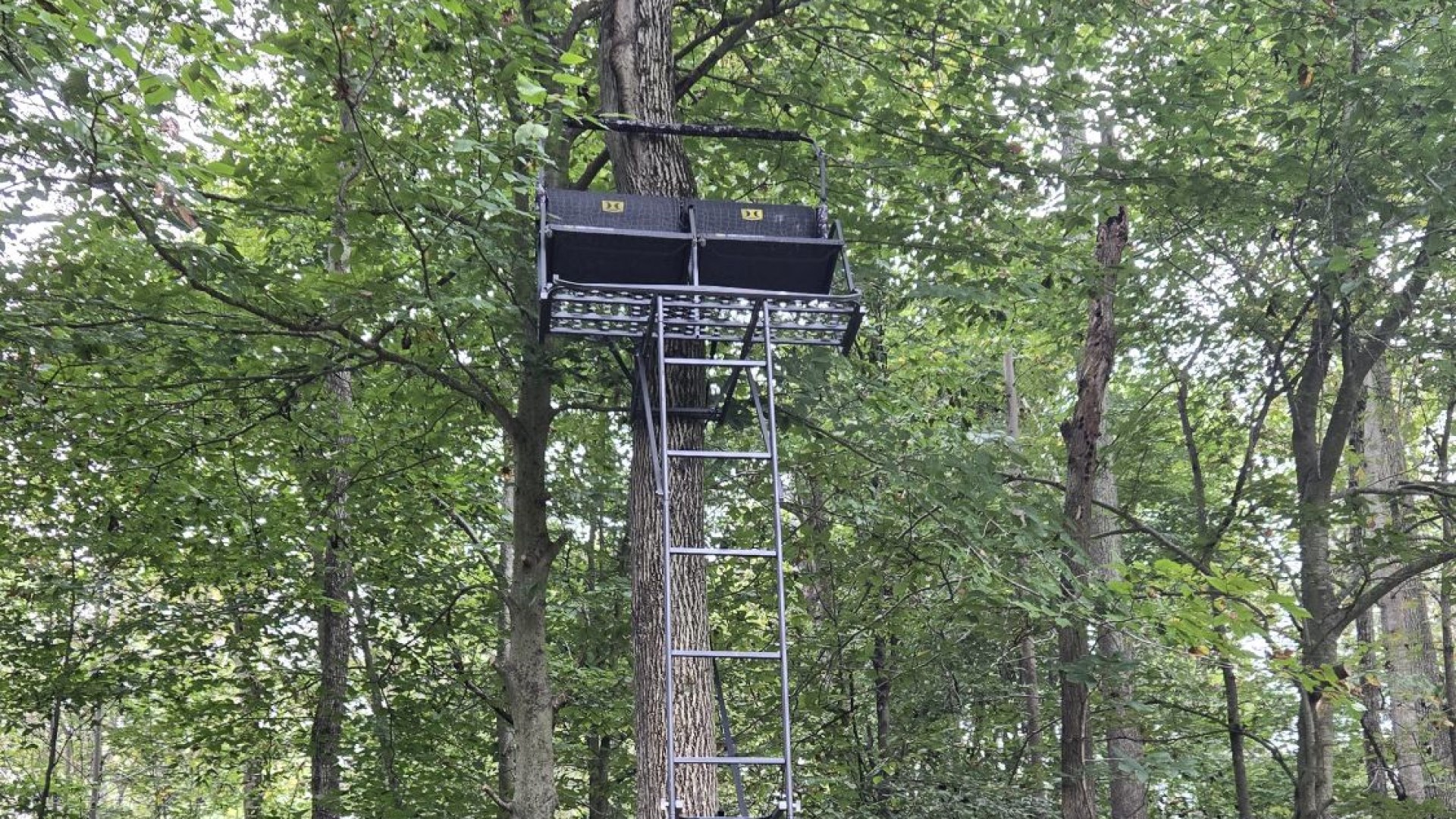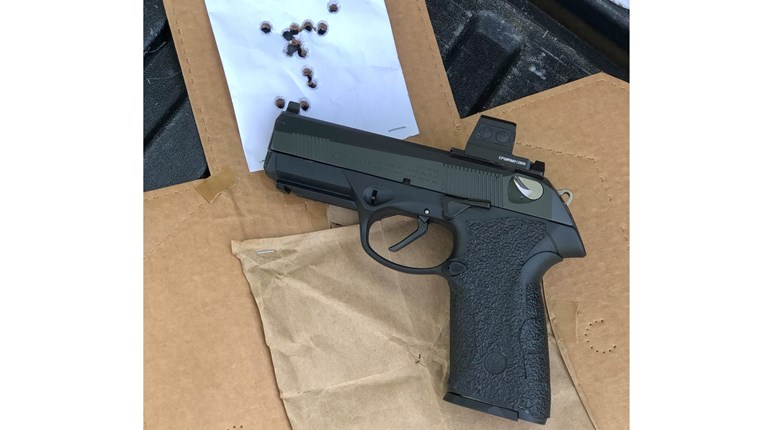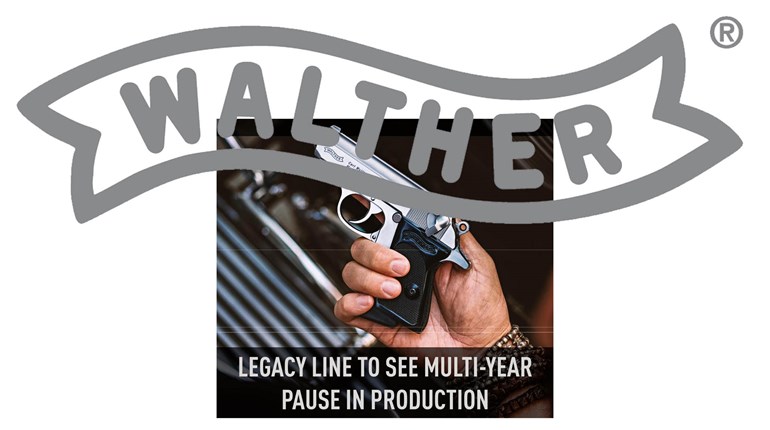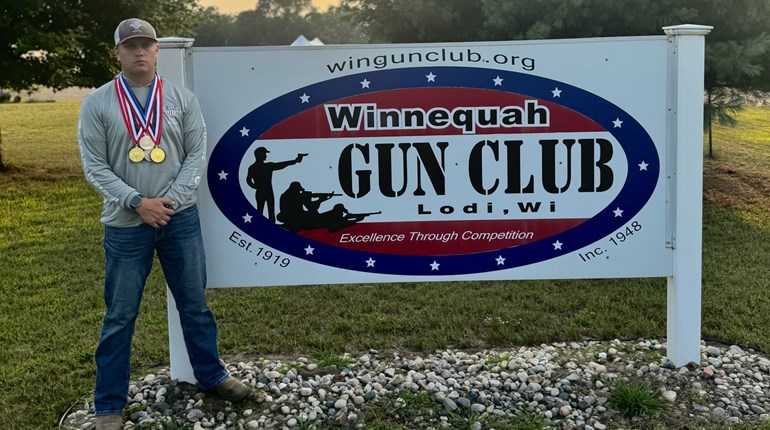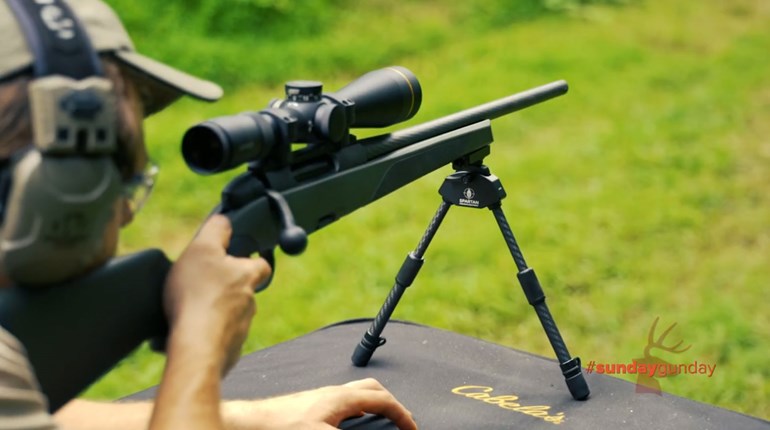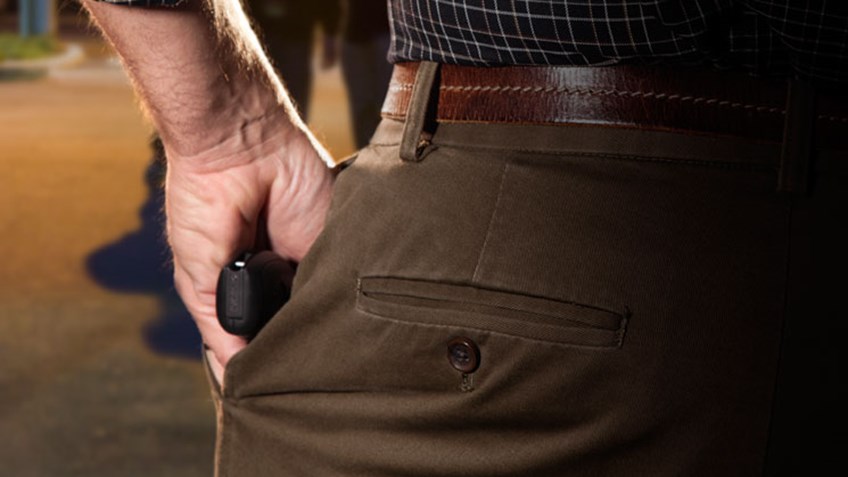
For the purpose of our discussion, brandishing is the unnecessary and unlawful display of a defensive firearm. The most important thing for everyone to understand is that the specific legal definition of brandishing may differ from state to state. For this reason, it is critically important for every defensive shooter to contact his local district attorney or a criminal defense attorney and get an accurate understanding of the local interpretation.
Even if there were no brandishing law, I would strongly advise against unnecessarily displaying the firearm. We shouldn’t be carrying a gun in order to try to impress people because it usually does not impress them. And we certainly don’t want to give the criminal any advance notice of what he is about to be up against because, now that he is forewarned, he might just simply change his tactics.
Our society requires us to let the criminal make the first move—which means that we are already behind if his attack is serious. It is far better to surprise him, and ruin his day, by drawing our gun when he thinks he has everything going his way. Drawing against an attacker who is armed with a deadly weapon, in the middle of his attack, is not brandishing….even if you don’t have to fire a shot.
In dealing with criminal attacks, we should establish mental triggers. Seeing a person with a knife in his hand is not going to cause me to shoot him. But my mental trigger is: “If he ignores my commands to drop the knife and comes close enough to strike me then I am prepared to take deadly action.” If he complies with my commands, or simply runs away, I see no need to shoot. But you can be certain that I will report the incident to law enforcement immediately.
It is important to realize that not every criminal attack is deadly in nature. And, while it is an attack, it may not justify the use of deadly force on the part of the armed citizen. Producing a firearm during an argument with an unarmed neighbor, for instance, may be a violation of the law. We should produce the defensive handgun only when our life is clearly in immediate danger, or the lives of our family.
Everyone’s personal defense plan should include plans for dealing with these less-than-lethal attacks. Training in martial arts, stick fighting, or the use of less lethal defensive tools such as pepper spray, are all important in protecting life and limb. Not every criminal encounter justifies the use of a firearm.
Understanding the law regarding brandishing is very important. Equally important is the need to develop one’s defensive skills so that we can act within the law and still protect ourselves. Knowledge of the law and professional training are the best armor that we can put on.





